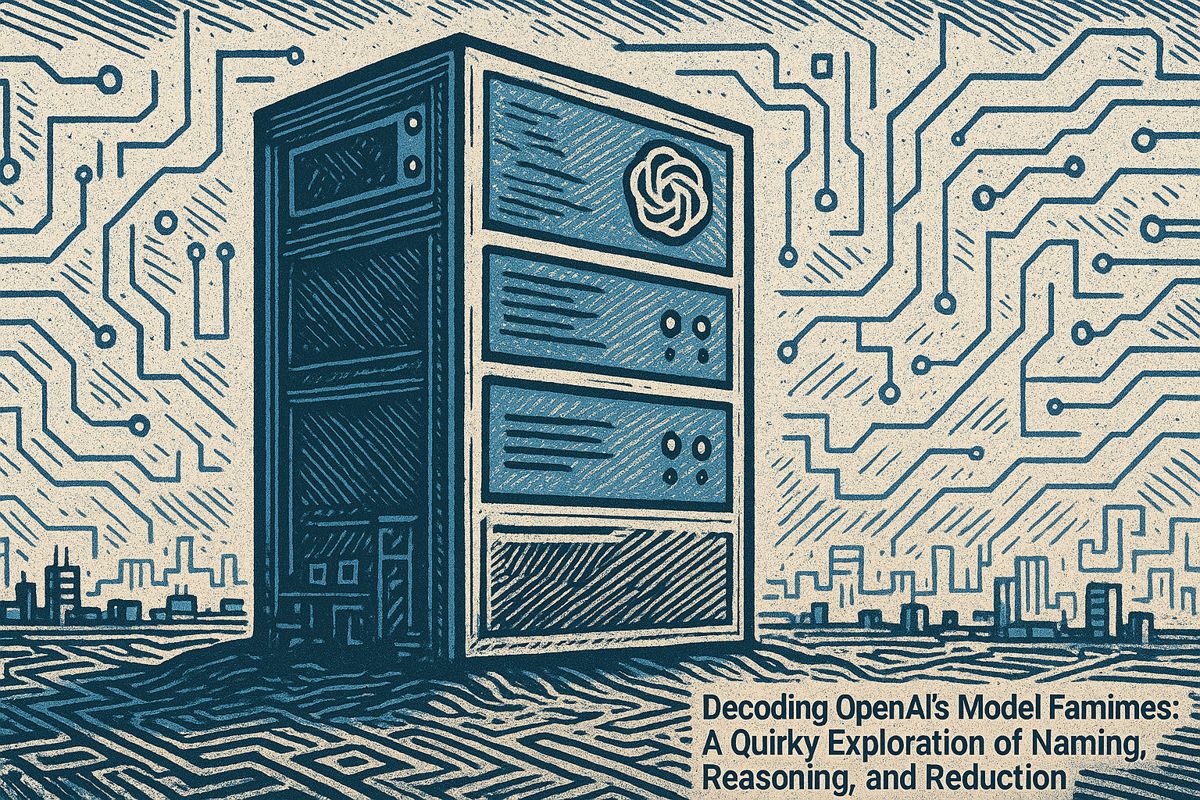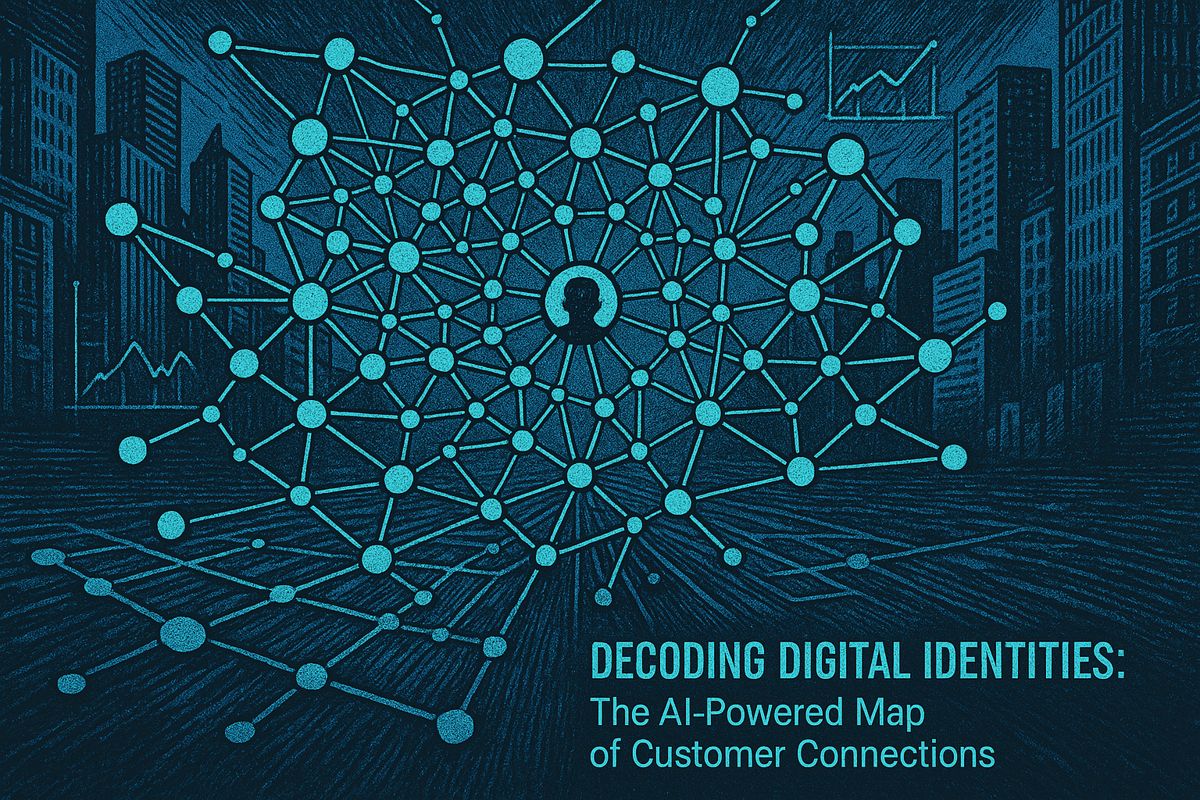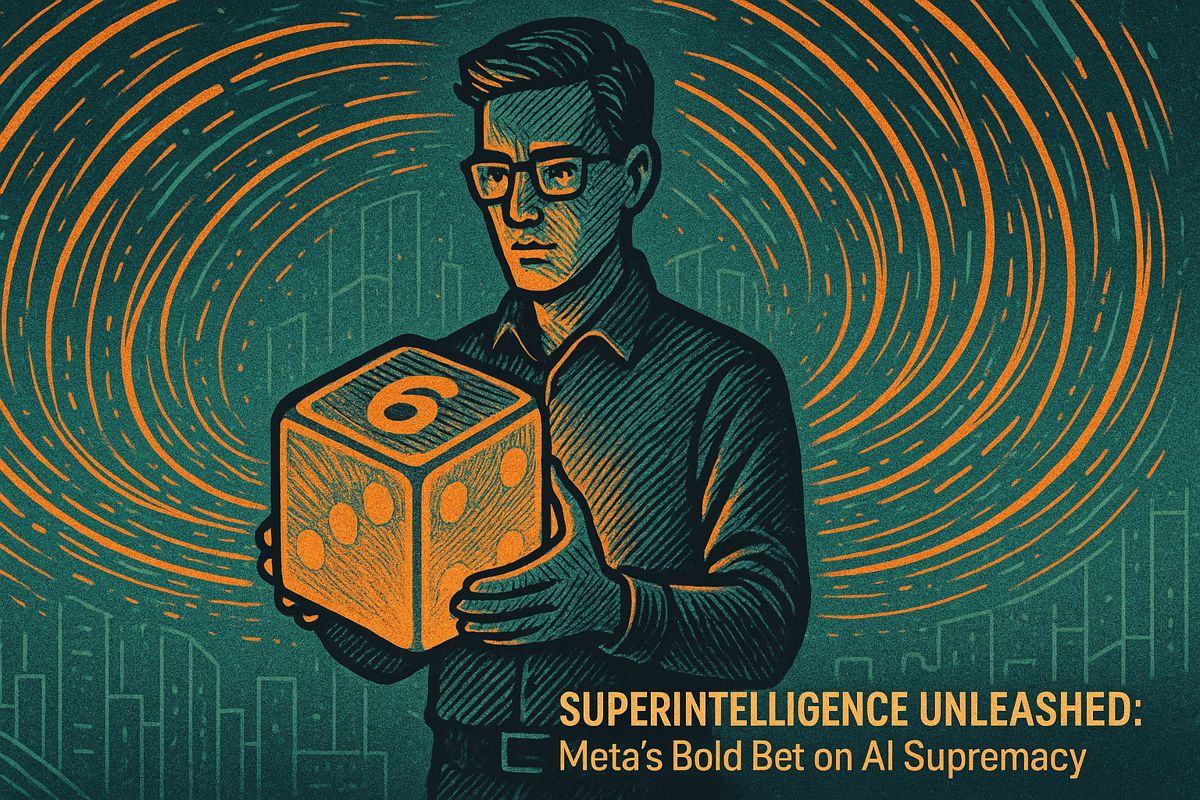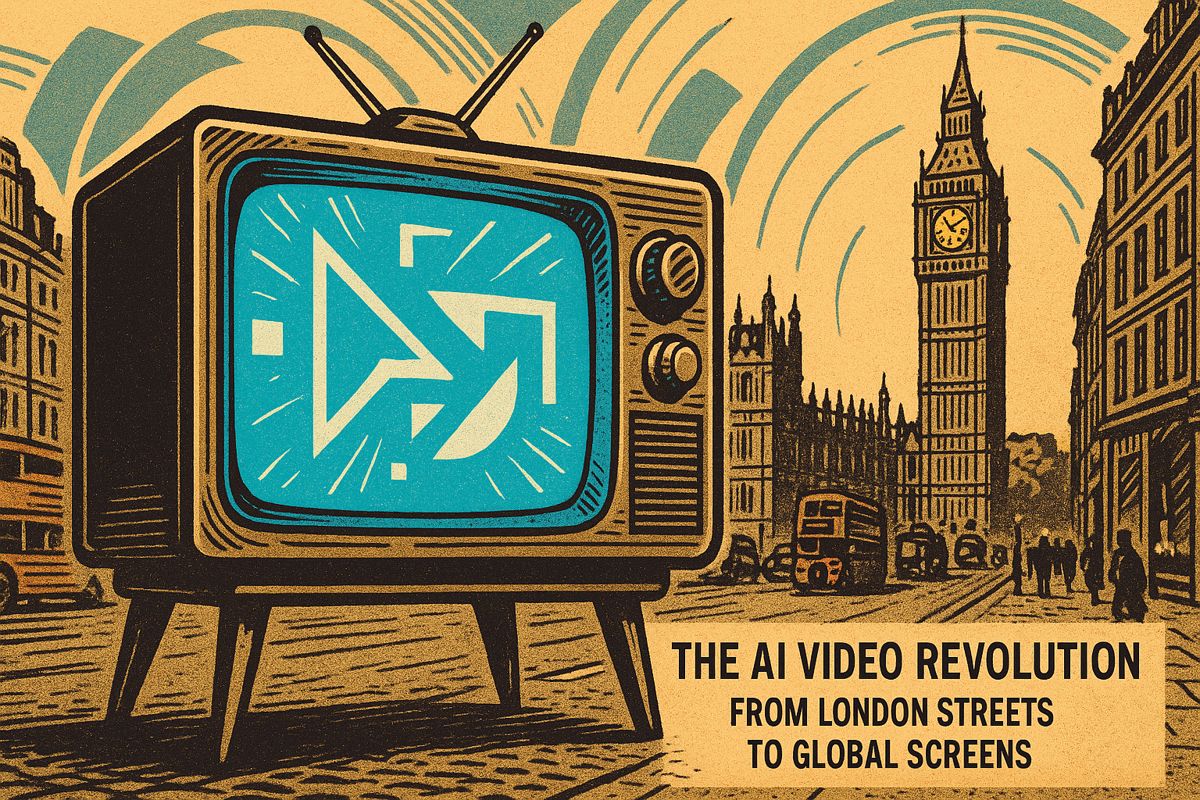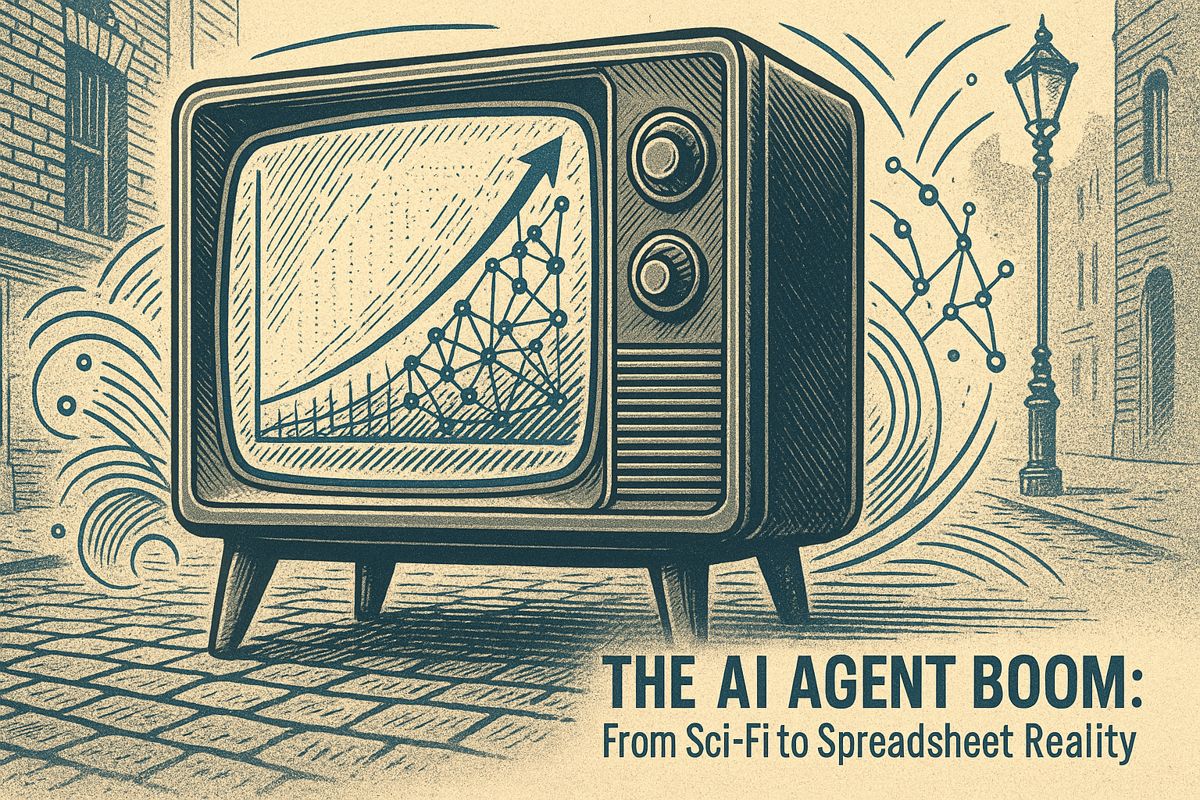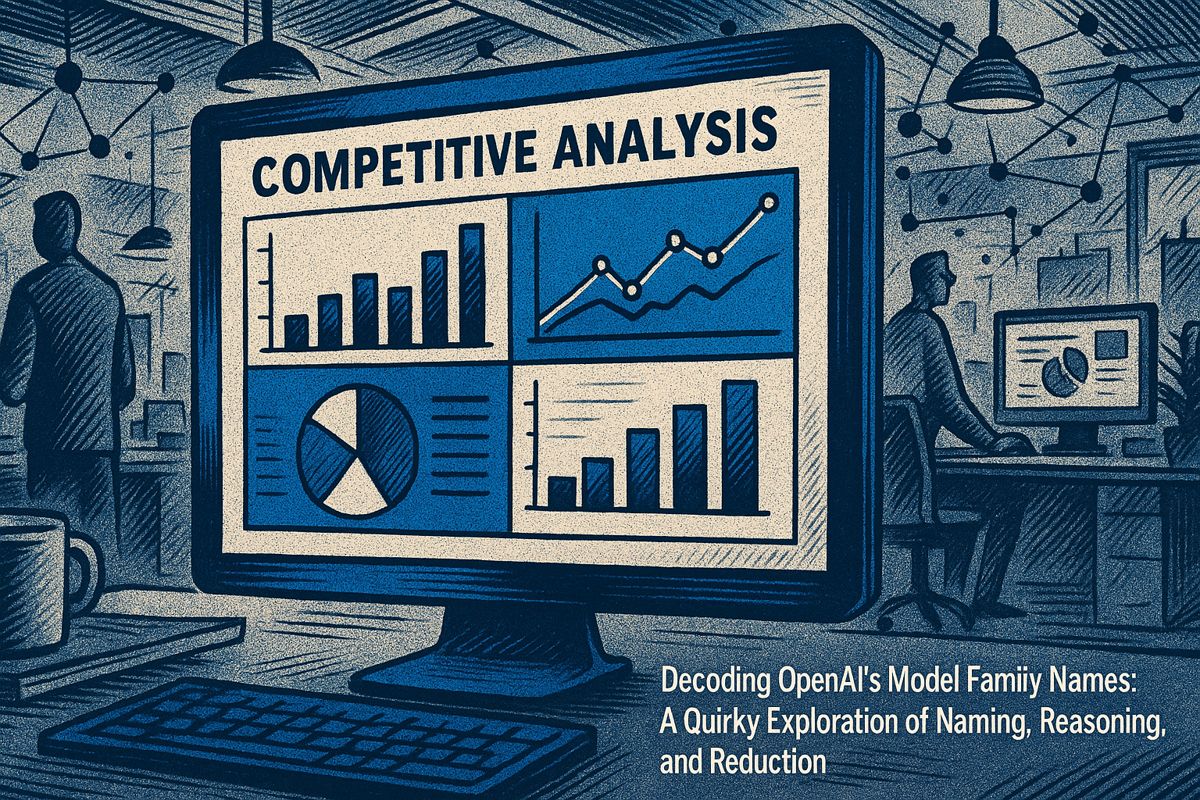Here’s the text with the most important phrase in markdown bold:
Baidu has unleashed ERNIE 4.5, a groundbreaking open-source AI model family with 10 variants ranging from 0.3 to 424 billion parameters. Released under Apache 2.0, these models are freely available on platforms like Hugging Face and GitHub, offering unprecedented access to powerful language technologies. The release represents a significant shift in AI development, challenging closed model ecosystems and providing developers with versatile tools across different scales and capabilities. This move signals a strategic pivot that could transform how AI models are accessed, developed, and deployed globally. The release not only showcases impressive technical performance but also embodies a bold approach to democratizing advanced AI technology.
What Makes Baidu’s ERNIE 4.5 a Game-Changer in AI?
Baidu’s ERNIE 4.5 is a groundbreaking open-source AI model family with 10 variants ranging from 0.3 to 424 billion parameters. Released under Apache 2.0, it offers unprecedented access to powerful language models, transforming AI development across global tech ecosystems.
Ground Shifts Underfoot
Sometimes, a press release does more than just inform – it tingles along your skin, a signal that the world beneath your feet is shuffling its tectonic plates. This week, it was Baidu’s turn to send a chill down my spine. The company, that behemoth of Chinese search and AI innovation, just open-sourced its ERNIE 4.5 large language model family. I found myself wondering – did some CTO in Shenzhen really just spit out his morning oolong? The memory of wrestling, quite unsuccessfully, with closed AI models for a side project last summer made me grin. Back then, I was locked out by paywalls and arcane license terms, left staring at a terminal and the faint scent of solder from my overheating laptop. These days, apparently, Baidu wants to fling open every door.
Let me rewind to a hackathon in Bangkok, where a developer I’ll call Wen was sketching feverishly on a whiteboard, only to be thwarted by restrictions from another proprietary LLM provider. His idea – smarter digital signage for railway platforms – was elegant, if a bit idealistic. Each time he ran into a licensing wall, his enthusiasm wilted like a flower in a heatwave. Would he be smiling today? Hard not to wonder.
And here’s the kicker: Baidu’s move isn’t fiction, it’s not hypothetical, and the numbers are anything but trivial. The ERNIE 4.5 family has gone fully open under Apache 2.0, models and weights free for the taking on Hugging Face, GitHub, and PaddlePaddle. Ten variants, from a petite 0.3 billion to a mind-boggling 424 billion parameters. The very air around feels different. Change has a scent—metallic, electric, and for once, a little bit hopeful.
The Anatomy of ERNIE 4.5’s Release
Let’s get concrete. Baidu isn’t doling out breadcrumbs; it’s thrown a whole bakery at the developer community. The ERNIE-4.5-300B-A47B-Base, to be precise, outpaces DeepSeek-V3-671B-A37B-Base on 22 out of 28 benchmarks. That’s not marketing fluff. That’s a stat that’ll make engineers at DeepSeek clench their jaws. Baidu even offers developer tools—ERNIEKit and FastDeploy—that transform fine-tuning and deployment from a headache into something almost, dare I say, breezy.
It’s not just about quantity, though the spread is wild: models light enough for a laptop, monsters meaty enough to gobble through terabytes on a server farm. Baidu’s MoE (that’s Mixture-of-Experts, for those of us who once confused that with a supermarket aisle) architecture in the 424B variant isn’t just a boast. It’s the neural equivalent of assembling a crack team of specialists, each handling its own domain. And when I saw the Model FLOPs Utilization clocking in at 47% during pre-training, my inner hardware geek let out a tiny, delighted gasp. That’s the sort of efficiency NVIDIA’s engineers might have lost sleep over, at least for a night.
But the real marvel? Baidu’s pivot is a study in strategic audacity. Just last year, their models were locked up tighter than the Terracotta Army. Now, CEO Robin Li is practically waving a banner, urging developers worldwide to break free from vendor lock-in and sky-high license fees. Maybe I’m too easily impressed, but that kind of turnaround leaves me, well, a little suspicious – and more than a little intrigued.
Ripples Across the AI Ecosystem
Here’s where I have to pause. Can one company’s open-source leap really shift the playing field? Baidu isn’t acting in a vacuum, after all. DeepSeek, Meta (with its Llama line), and Mistral have all set precedent by pushing massive models into the wild. Even so, Baidu’s release feels like a gauntlet thrown at the feet of OpenAI, Anthropic, and any others still clinging to closed walled gardens. I can’t help but feel a flicker of excitement—like watching the first monsoon cloud gather on a parched horizon.
If you’ve ever tried to deploy a cutting-edge LLM on edge devices or in smaller, cost-sensitive projects, you’ll understand my relief. With models ranging from featherweight to leviathan, Baidu’s approach unlocks opportunities for everyone from scrappy startups to massive enterprises. I’ll admit, I once dismissed open Chinese AI as mere PR. That was a mistake. Today, I’m revising my priors. Chalk it up to experience.
And for the devs and researchers out there, this isn’t just a windfall—it’s a toolkit, a new set of paints for a blank digital canvas. There’s something thrilling about the sheer openness of it all. The models are there, ready to touch, tweak, and transform. The only real question is: who will be first to use them to paint something extraordinary?
What’s Next? The Open Road Beckons
If you squint, you can almost see the future rippling just out of reach. Baidu has upended assumptions, and the global AI race just got a caffeine shot. If I’m honest, I’m not entirely sure how this will play out. Will DeepSeek retaliate? Will OpenAI double down on its fortress mentality? Only time—and a few million GitHub clones—will tell.
One thing’s certain, though: the ground is still shifting, and the aroma of opportunity is thick in the air. Curiosity, that

